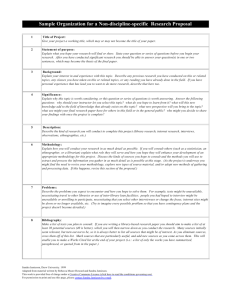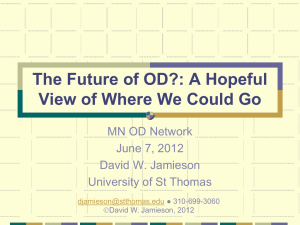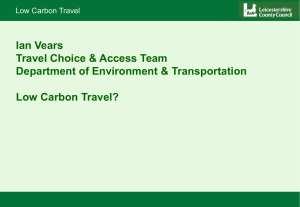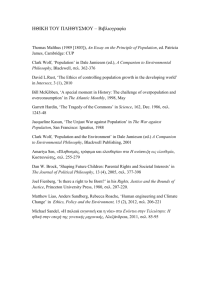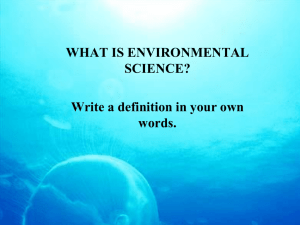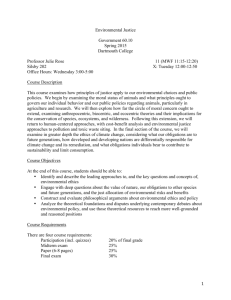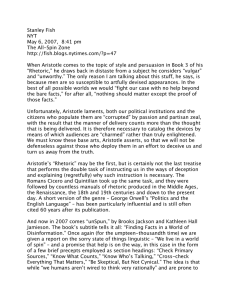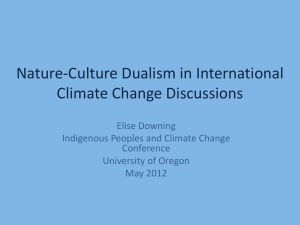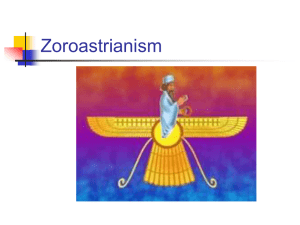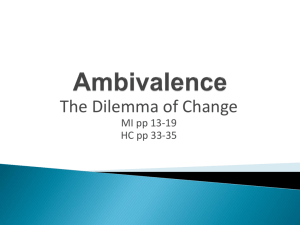Notes on Jamieson, chapter 1
advertisement
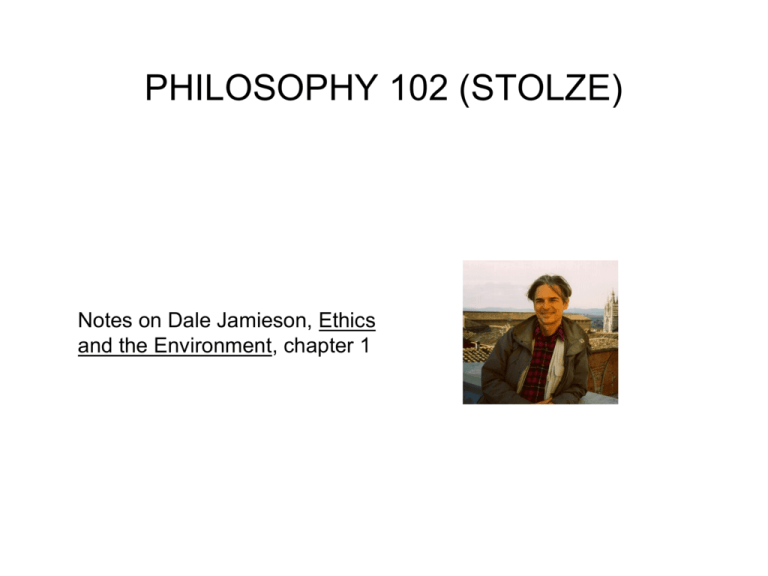
PHILOSOPHY 102 (STOLZE) Notes on Dale Jamieson, Ethics and the Environment, chapter 1 Chapter One: The Environment as an Ethical Question • • • • • • • • • • Nature and the Environment Dualism and Ambivalence Environmental Problems Questions of Scale Types of Harm Causes of Environmental Problems The Role of Technology The Economic Perspective Religion and Worldviews Ethics, Aesthetics, and Values Nature and the Environment • • • • Environment derives from an old French word meaning “to encircle” and includes all living and non-living things occurring naturally on Earth or some region. But, as Jamieson points out, it can also refer to one’s social surroundings. Nature derives from the Latin term natura ("that which has been born“) was employed in Latin as a translation of the Greek word physis (“body”), which regarded plants, animals, and other features of the world as developing on their own. The concept of nature as a whole, or the physical universe, expands on this original notion. We can also distinguish external from internal nature (e.g., human neurons). Jamieson proposes that “perhaps it is a necessary condition for something to be part of our environment that we think of it as what is subject to our causal control, while no such condition applies to what we think of as nature” (p. 2). Dualism and Ambivalence • • • Dualism vs. Monism The Problem of Ambivalence The Complexity of Our Relationships to Humans and to Nature Environmental Problems • • • Skepticism about the Seriousness of Environmental Problems (e.g., Climate Breakdown) Claim that We are Making Progress on the Problems Claim that Nature is “Resilient” Questions of Scale • • • Local Regional Global Types of Harm • • • Human Quality of Life (e.g., loud music) Human Health (e.g., pollution) Non-Human Nature (e.g., extinction) Causes of Environmental Problems • • • Knowing the Cause of a Problem May Lead to its Solution People Psychologically Respond Differently to Different Causes Problem of Denial regarding Climate Breakdown The Question of Technology • • • Failures and Solutions Trying to Buy Our Way out of the Problem Irrelevant to the Needs of the World’s Poor The Economic Perspective • • • How Best to Allocate Two Types of Scarce Resources: Sources and Sinks Private Market Goods vs. Pure Public Goods Future Generations Religion and Worldviews • • Christianity and Anthropocentrism Marxism and Economic Determinism Ethics, Aesthetics, and Values • • Environmental Problems, Causes, and Solutions are Complex and Multidimensional Jamieson is a Methodological Pluralist
